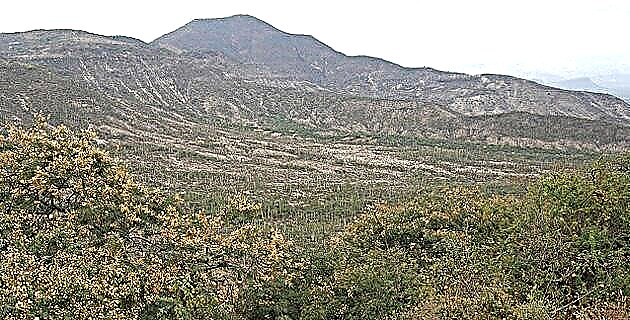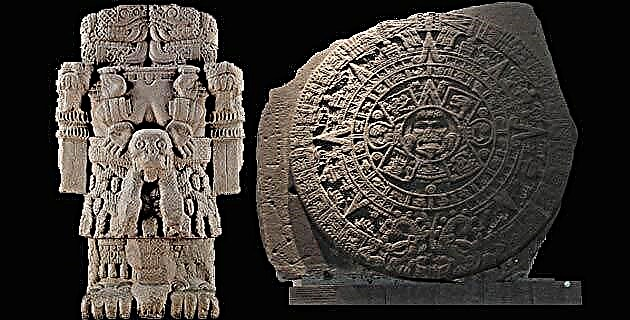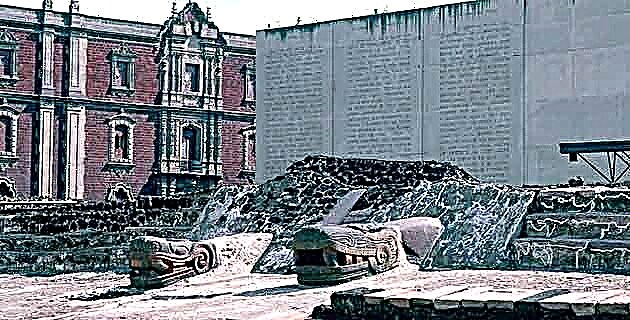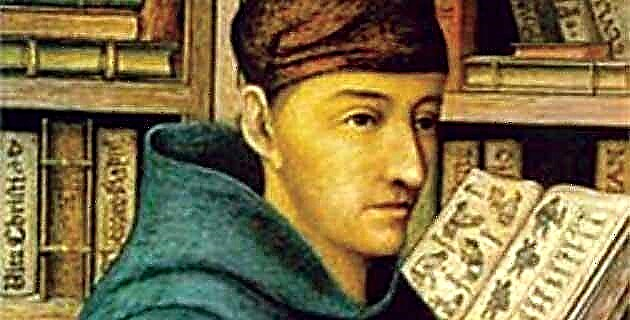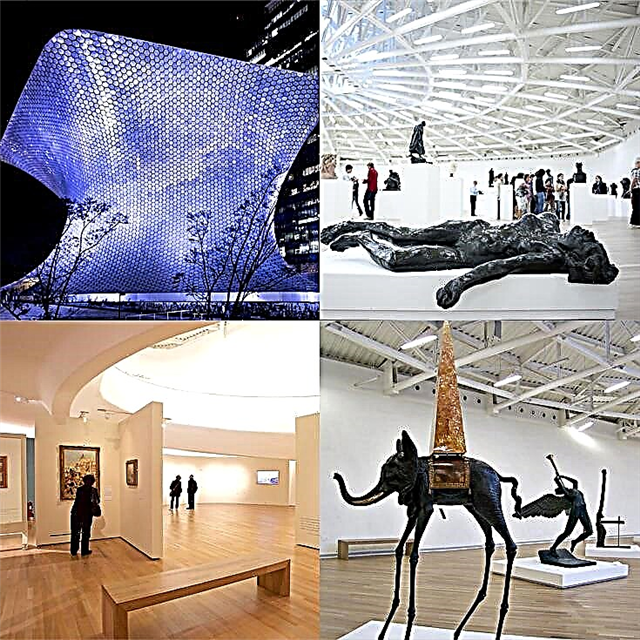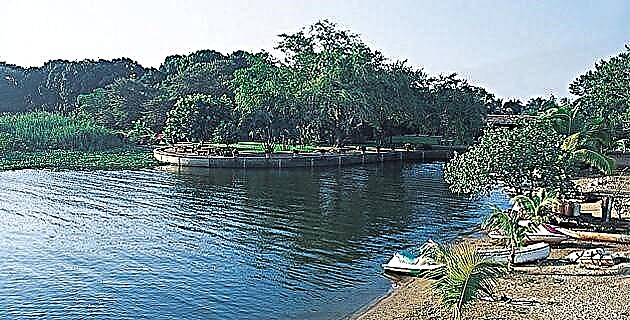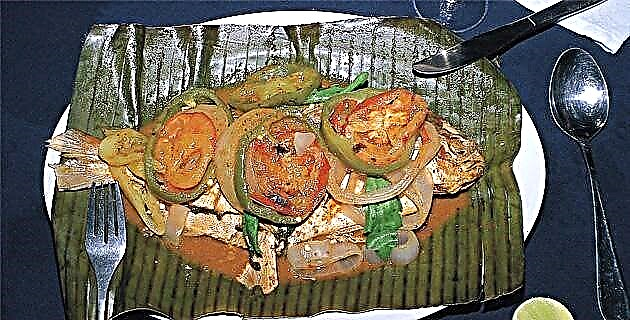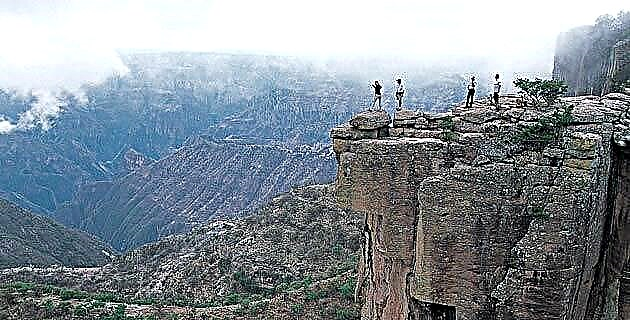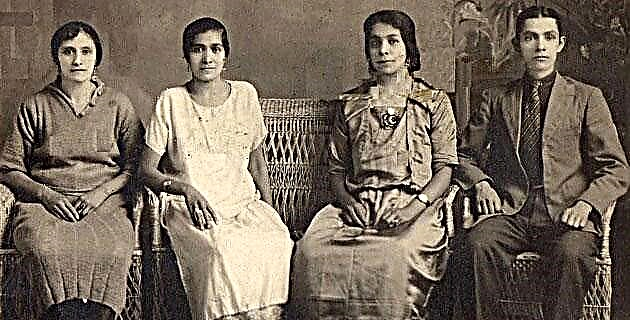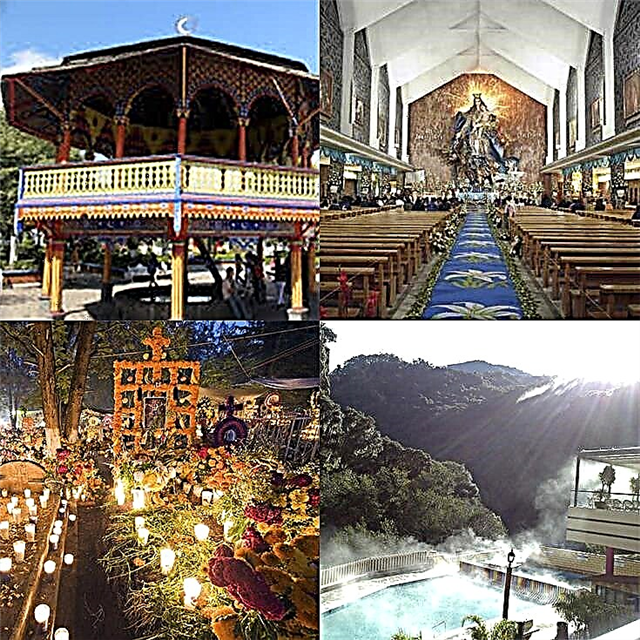Chignahuapan is one of the most welcoming tourist destinations in Puebla, with its kiosk, its churches, the tradition of Christmas balls, its hot springs and other attractions. With this complete guide you will have all the necessary information to know this Magic Town.
1. Where is Chignahuapan?
Chignahuapan is a town in Puebla nestled in the docks of the Sierra Norte, which offers a set of attractions for you to spend a day, a weekend or a relaxed and pleasant vacation. The beautiful basilica and the precious kiosk, the tradition of the little balls, the striking celebration of the Day of the Dead, the hot springs and waterfalls and the poblano moles were the main reasons for the incorporation of Chignahuapan to the Mexican Magic Towns system.
2. What weather awaits me in Chignahuapan?
Chignahuapan is located in the temperate zone of the Sierra Norte, at an average altitude of 2,250 meters above sea level, enjoying an average annual temperature of 14 ° C. Between October and February the environment gets much colder, so you have to bundle up with a jacket or other similar piece. During the winter months the presence of fog is also frequent in the environment.
3. What are its main historical features?
Translated from the Nahua language, Chignahuapan means "path in the navel of the hill." When the Spanish arrived in the area, it was inhabited by the Chichimecas. In 1527, Juan Alonso León established the first mestizo population, which was named Santiago Chiquinahuitle. Then the Aztecs arrived and then the Jesuits and the town was renamed Santiago Chignahuapan. In 1874 he received the nominal category of Villa de Chignahuapan.
4. What is the best way to get to Chignahuapan?
The Poblano Magical Town is located 190 km from Mexico City, a journey that takes 2 hours and 20 minutes by car, along Federal Highway 132 en route to the city of Tulancingo de Bravo, a town in Hidalgo that is 69 km away. from Chignahuapan. The city of Puebla de Zaragoza is 112 km from Chignahuapan heading north on the Mexico 121 highway and the Puebla 119D highway.
5. What can you tell me about the Chignahuapan kiosk?
One of the great architectural symbols of Chignahuapan is its curious kiosk located in the center of the Plaza de Armas. It was installed in 1871 and it is built entirely of wood. It is in the Mudejar style and is painted in striking colors, with a predominance of blue, red and ocher. In the center of the kiosk there is a fountain that symbolizes purity. People's access to the kiosk is restricted to preserve its structure, but every visitor to Chignahuapan will admire and photograph it.
6. What is the Basilica of the Immaculate Conception like?
A few steps from the Plaza de Armas de Chignahuapan is the town's basilica, consecrated to the Immaculate Conception. The main attraction of the temple is the venerated image itself, colossal in size, being the largest indoor sacred sculpture in Latin America. It was carved in cedar wood by the Puebla artist José Luis Silva, a work that took him 6 years, between 1966 and 1972. It measures 14 meters and only the neck and head are the size of an average person.
7. What else of interest is there in the Plaza de Armas?
The Plaza de Armas de Chignahuapan or Plaza de la Constitución, is of a cozy provincial style and is the preferred meeting point of the town, especially for young people and older men who like to get together to talk. The square is surrounded by beautiful houses with walls painted in different colors, which contrast with the red of the roof tiles. Other attractions in the Plaza de Armas are the Church of Santiago Apóstol and the statue of Gaspar Henaine Pérez (1926 - 2011), better known as Capulina, a famous native Mexican comedian from Chignahuapan.
8. How attractive is the Temple of Santiago Apóstol?
This indigenous baroque style building was built by the Franciscans who evangelized the Sierra Norte de Puebla. In its right tower there is an elegant clock made by the skilled watchmakers of Zacatlán de las Manzanas. The image of the saint mounted on horseback presides over the facade of the temple. On the 16th century baroque façade, the artist who adorned it put angels with clear indigenous features surrounded by tropical fruits, creative freedom that perhaps did not entirely please the Spanish religious.
9. Are there any other religious buildings of interest?
In the Church of the Lord of Health, better known as the Shrine of the Mushroom, there is the curious fact that the object of veneration is a mushroom with the silhouette of Jesus. According to legend, the fungus was found in 1880 by a Chignahuapan farmer who was looking for wild mushrooms to eat. The church was erected at the site of the discovery and the petrified mushroom was placed in the center of a cross. Skeptics and non-believers are convinced when they see the figure with a magnifying glass placed next to the shrine.
10. How is the tradition of the spheres?
Throughout the year, in Chignahuapan spheres of different colors are made, from which they are put on Christmas trees. The production intensifies between October and December and there are displays of spheres everywhere, so it is rare for the visitor who does not bring theirs to decorate their natural pine or plastic tree, since the prices are very convenient. In the holiday season the National Tree and Sphere Fair is celebrated. You can visit some of the more than 200 factories that are dedicated to making them.
11. What are the main natural spaces?
A few minutes from downtown Chignahuapan is the Laguna de Almoloya or Laguna de Chignahuapan, nourished by 9 springs of water. This beautiful body of water is frequented by locals and visitors to practice sport fishing, take a boat ride or around its surroundings, exercise and watch the sunset. During the Festival of Light and Life, celebrated on November 1, Day of the Dead, a colorful ceremony takes place in the body of water and fishing tournaments are held. Also in the vicinity of Chignahuapan there are hot springs and beautiful waterfalls.
12. How are the Day of the Dead festivities?
According to pre-Hispanic mythology, to reach Mictlán, home of the dead, the soul of the deceased had to overcome several obstacles, including crossing the mighty Chignahuapan River. To commemorate the Day of the Dead, the living of Chignahuapan, locals and tourists, congregate in the square, in front of the Santiago Apóstol Church and after sunset they set off with torches towards the Almoloya Lagoon. In the middle of the lagoon a beautiful pre-Columbian pyramid waits floating in the waters and a ceremony takes place by torchlight, with fluorescent lights, rafts and actors in traditional clothing.
13. Which waterfalls are worth visiting?
Less than 10 km from Chignahuapan is the Quetzalapan waterfall, a waterfall that approaches 200 meters in height, where extreme outdoor sports enthusiasts go to practice rappelling and climbing and to travel by zip line. Those who are less risky can take walks and observe the beauty of the place. The El Cajón Waterfall has a suspension bridge and springs that form delicious places to bathe. Another attraction of this site is a hollow tree whose trunk can accommodate more than 12 people.
14. Where are the hot springs?
Near the town there are several places to take thermal baths. Chignahuapan Hot Springs, located 5 km from the town, is a place where sulphurous waters reach a temperature of 50 ° C, excellent to enjoy without burning. From the hotel's balearios and swimming pools there are impressive views of the nearby canyons. You can stay and spend a weekend or several days relaxing among the warm healing waters.
15. What hotels do you recommend?
Hotel Cristal, located in the center of town, is decorated in traditional Mexican style and its Emilianos restaurant offers regional cuisine. Cabaña Las Nubes is located 5 minutes from Chignahuapan, on the way to the hot springs. This accommodation is made up of fully equipped chalets, including a kitchen. The Hotel Alan Prince, also on the road to the thermal baths, is located 2.5 km from the town and has beautiful gardens and terraces. Hotel 9 Manantiales is on the shores of the Almoloya Lagoon, it has a spa and from its bar-restaurant there is a magnificent view of the water mirror.
16. Where can I go to eat?
El Veneno may not be the best name for a restaurant, but this Chignahuapan establishment is very popular to eat. It is small, simple, affordable and they serve tasty moles. Rincón Mexicano, in Prolongación Nigromante N ° 33, 3 blocks from downtown, offers a buffet of Mexican food on weekends. It has fireplaces that light when it is cold and its desserts are reputed to be exquisite. Antojitos Doña Chuy is a simple place located in the walkway of the lagoon, with a beautiful view and generous portions.
We hope that this complete guide to Chignahuapan will be useful for your visit to the Pueblo Mágico of Puebla. See you at the next opportunity.

